How to avoid snow damage to gutters
Improvements to Part L of the Building Regulations have ensured highly insulated roofs and this, coupled with heavy snowfall, has the potential to cause gutter problems.
When a thaw sets in the snow will slide down the roof, taking with it anything in its path including gutters fitted too high under the roof edge. Prior to the installation of a highly insulated roof, the snow would merely melt as it fell onto the roof surface.
Traditionally, eaves gutters have been installed as high as possible under the roof edge to ensure that overshooting of rainwater does not occur and/or to hide an unsightly roof edge. It also had the advantage of providing protection against wind driven rain but also means that there is a higher risk of damage by sliding snow.
Three important points when installing guttering
- British Standard BS 5534 states that roof tiling should project a minimum of 50mm from the vertical face of the fascia board
- Different types of roof surfaces will create either more or less projection of discharge at the roof edge; for example, water will flow faster down a smooth tile than a granular tiled roof.
- Greater care must be taken to make sure the gutters will not impede sliding snow. BS EN 12056: 3-2000 suggests that snow guards should be fitted where sliding snow may cause injury to people or damage structures below such as a glass conservatory.
| High level gutter | Low level gutter |
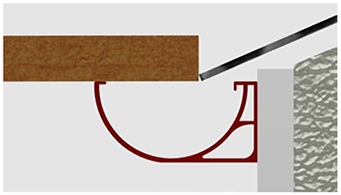 |
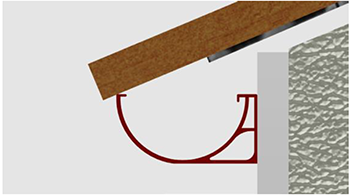 |
The correct position and height of the gutter needs to be carefully determined, for example, whilst a lower level fitted gutter is less susceptible to sliding snow, it could result in wind driven rainwater going between the back of the gutter/roofline which can lead to water damage to the building fabric.
A gutter fitted at a higher level will alleviate this problem.
Each option has its benefits and drawbacks and more often than not the building design, gutter type and fixing will dictate how the gutter should be installed. Architects, installers and building owners should discuss the options available and ensure that all parties agree on the best possible solution for the site location, its potential for snow against the severity of exposure to driving rain.
Further information
Find out more by reading MGMA’s Eaves Gutter Installation Recommendations.
Sign up to the building bulletin newsletter
Over 48,000 construction professionals have already signed up for the LABC Building Bulletin.
Join them and receive useful tips, practical technical information and industry news by email once every 6 weeks.
Subscribe to the Building Bulletin
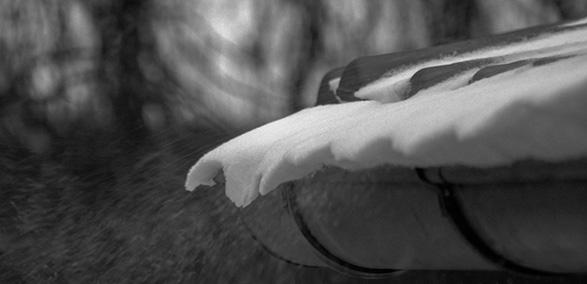
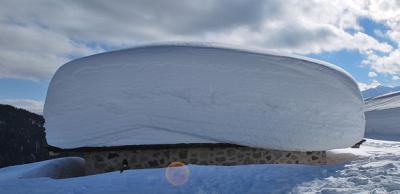
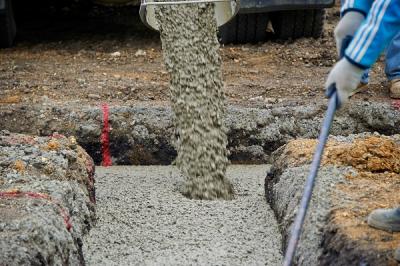
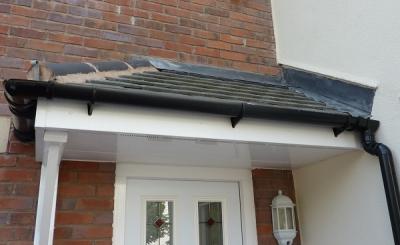
Comments
Add new comment